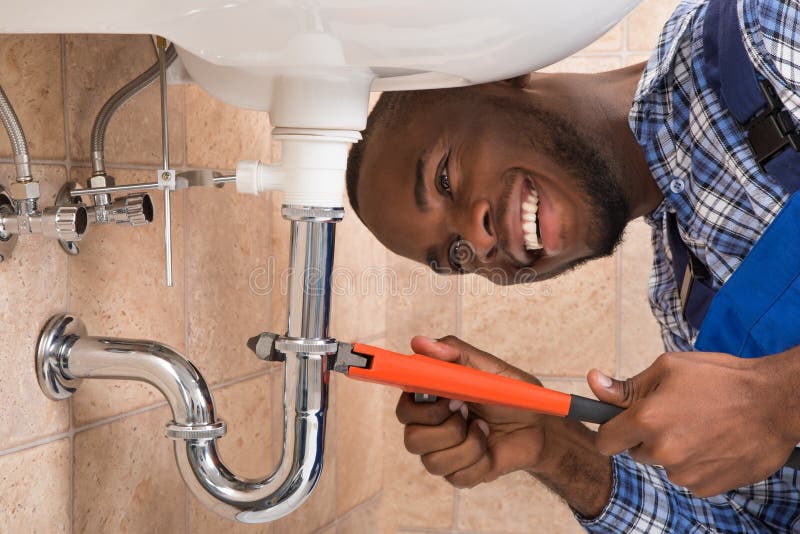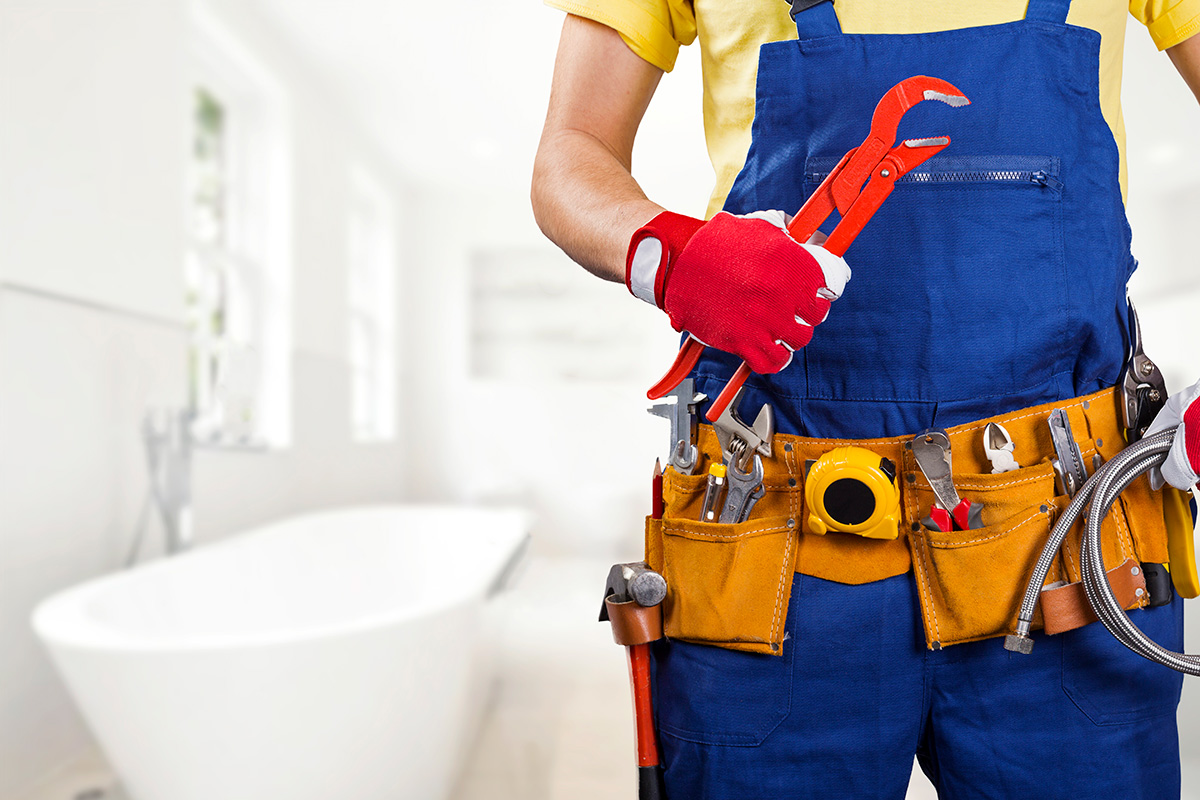Budget-friendly Plumbing Services Alabaster AL for each Budget plan
Budget-friendly Plumbing Services Alabaster AL for each Budget plan
Blog Article
A Detailed Overview to Effective Hot Water Heater Setup for Ideal Efficiency
Getting started on the job of installing a water heating system is a venture that requires accuracy and a methodical approach for accomplishing ideal efficiency. As you continue, the ins and outs of connecting water supply lines and establishing up trusted electrical or gas links wait for, promising insights into ensuring effectiveness and integrity.
Choosing the Right Hot Water Heater

Following, think about the dimension and ability of the water heating unit. It's vital to examine your house's warm water demands, which can differ based on the variety of passengers and their use patterns. A system that's too little may result in not enough hot water, while an oversized version may cause unneeded power usage.
Efficiency rankings additionally play a pivotal function in choice. Look for hot water heater with high Energy Element (EF) rankings, indicating exceptional efficiency and reduced power use. Tankless models, though usually much more costly ahead of time, offer substantial power financial savings gradually as a result of their on-demand heating capabilities.
Preparing the Setup Area
Before setting up a new water heating system, careful preparation of the installation location is essential. It's vital to measure the space carefully to suit the water heating system's measurements, making sure adequate clearance around the system for reliable operation and servicing.
Following, eliminate any type of particles, dirt, or obstructions from the website to produce a tidy setting. Inspect the floor for security, as the water heating unit will certainly require a strong, level surface to run effectively. If essential, set up a drip pan below the unit to catch prospective leakages or spills, stopping water damage to the surrounding area. In areas vulnerable to seismic activity, consider setting up seismic bands to protect the heater firmly in place.
Furthermore, make sure that all needed tools and products are on hand before beginning the setup. This includes things such as wrenches, screwdrivers, a level, and any additional hardware required for securing the heater and placing. A well-prepared installment area sets the structure for a successful water heater setup, enhancing performance and security.
Connecting Water System Lines
When linking water supply lines to your recently installed hot water heater, it is crucial to make certain that all links are leak-free and safe to maintain reliable procedure and protect against water damage. Begin by my blog identifying the warm and chilly look at more info supply of water lines. The cold water inlet is usually noted with a blue tag or a "C", while the hot water outlet is marked with a red tag or an "H".
Use versatile water heating unit adapters to help with a much easier setup procedure. Prior to connecting the connectors, put a plumbing technician's tape around the threaded ends of the water heating system's inlet and outlet pipelines.
Once connections are in area, gradually turn on the main water system shutoff. Check each connection for leakages by aesthetically checking and feeling for dampness. Tighten connections as essential, and ensure the stress relief shutoff is properly mounted, guarding versus extreme stress build-up.
Establishing Electrical or Gas Connections
Properly establishing up the electric or gas connections for your water heating unit is an important action to guarantee effective and risk-free procedure. For electric water heaters, begin by verifying that the electrical circuit is compatible with the heating system's voltage and amperage demands.
For gas hot water heater, safety and security is extremely important. Validate that the gas supply is off before continuing. Connect the gas line to the water heater utilizing a flexible gas adapter, guaranteeing it is correctly threaded and secured with pipe joint substance or Teflon tape appropriate for gas links. Tighten up the links with a wrench, taking treatment not to over-tighten (Plumbing Services Alabaster AL).
When connections are made, evaluate for any type of prospective leaks. For gas lines, use a soapy water option to the joints; bubbles go to this website suggest a leak. For electrical links, ascertain that all electrical wiring is safe and secure and properly insulated, maintaining conformity with neighborhood electric codes.
Testing and Changing for Effectiveness
With the electric and gas connections safely in place, the following action is examining the operational effectiveness of your water heating unit. Begin by thoroughly transforming on the water supply and guaranteeing there are no leakages at any of the valves or joints.
Following, execute a detailed evaluation to make certain the heating components or burner are operating properly. For electrical heating systems, utilize a multimeter to confirm if the elements are drawing the ideal present. In gas designs, observe the burner flame; it needs to be steady and blue, suggesting effective combustion.
Change the setups as necessary to eliminate inadequacies. Take into consideration implementing insulation actions, such as adding a hot water heater blanket, to further enhance performance by decreasing heat loss. Additionally, inspect the anode pole's condition, as a shabby rod can reduce efficiency and lead to storage tank rust.
Verdict
Reliable water heating unit setup is critical for guaranteeing optimal efficiency and power savings. Securely connecting water supply lines and very carefully establishing up electrical or gas links minimize potential issues.

Appropriately establishing up the electrical or gas connections for your water heater is an essential step to ensure secure and reliable procedure. For electric water heaters, begin by confirming that the electric circuit is suitable with the heating unit's voltage and amperage demands. Attach the gas line to the water heater making use of a flexible gas connector, guaranteeing it is effectively threaded and secured with pipe joint substance or Teflon tape appropriate for gas connections.
Report this page